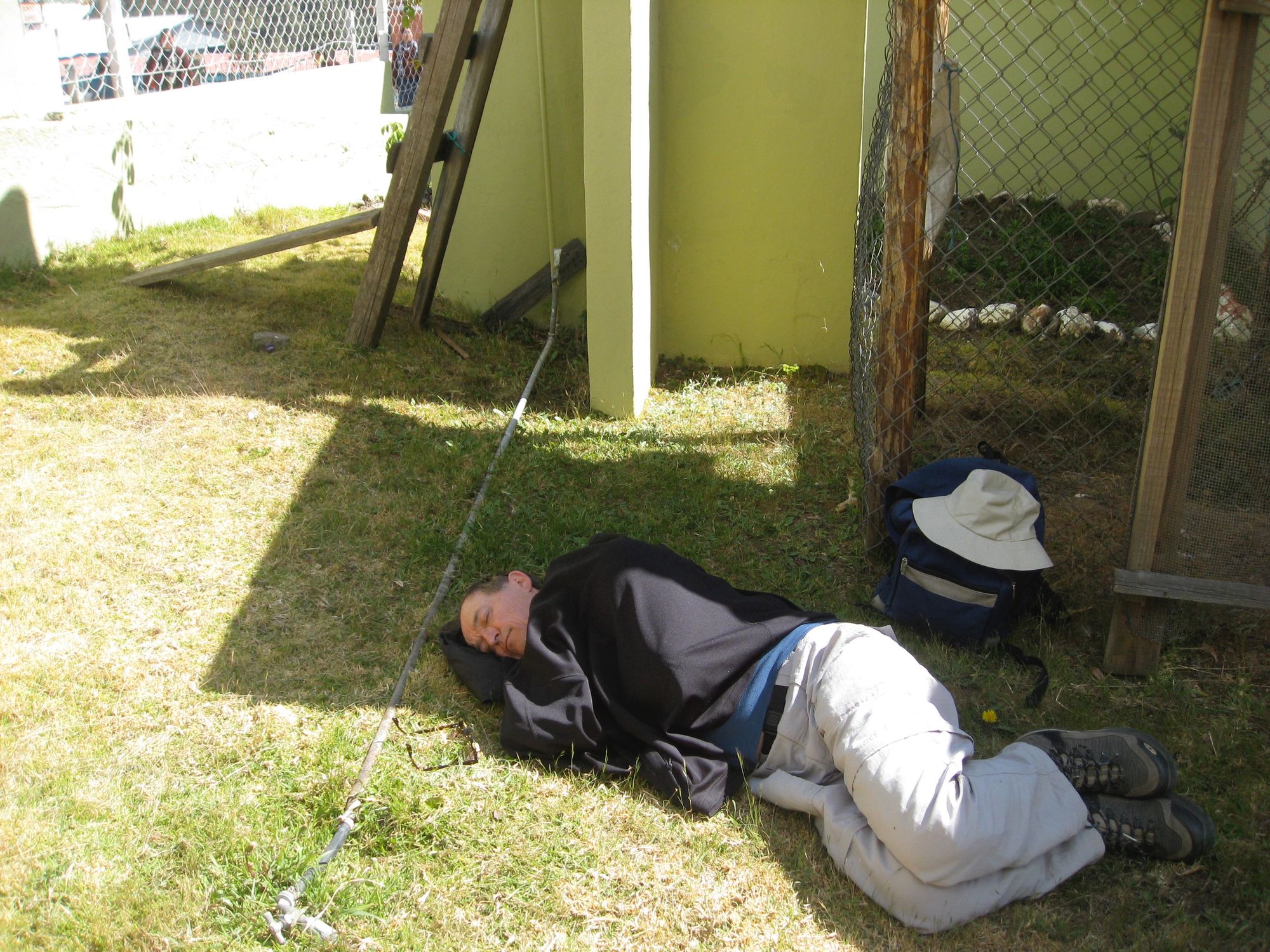My last post showed some nice walks but this hike was the BEST! In addition to getting easy exercise that was a pleasure every step of the way, we learned that Zapotec folks don't always have to go by the rules from Mexico City.
It was a 2-day hike in the mountains just a few hours from Oaxaca City. First a drive up a dizzying road to nearly 10,000 feet elevation, then we hiked in pine forests with giant agave plants that flower only once in their lifetime. So much energy goes into the tall pompom stalks that the plant dies after blooming, a striking end to a long life. Century plants they're sometimes called, though ten years may be closer to the truth.
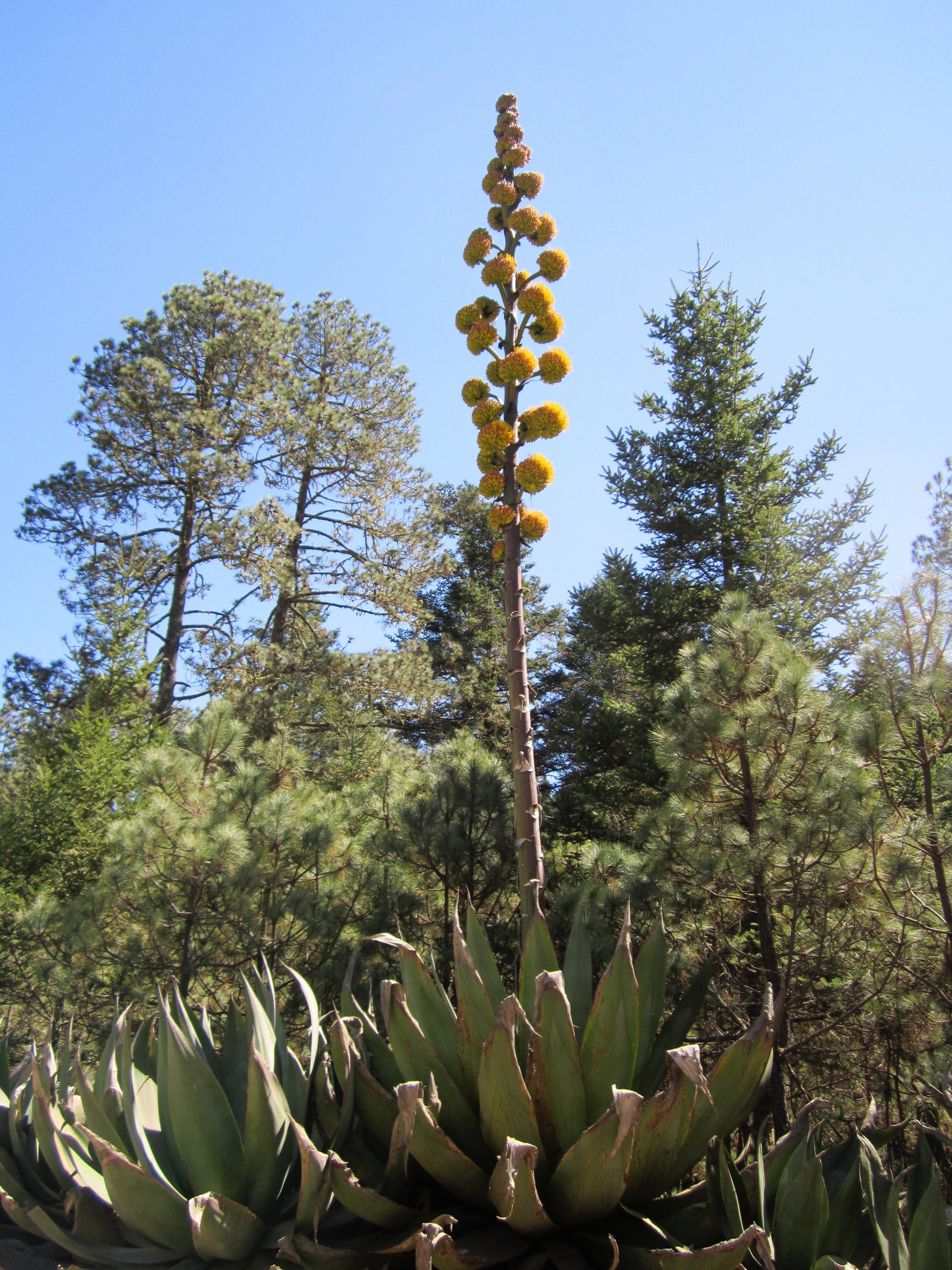
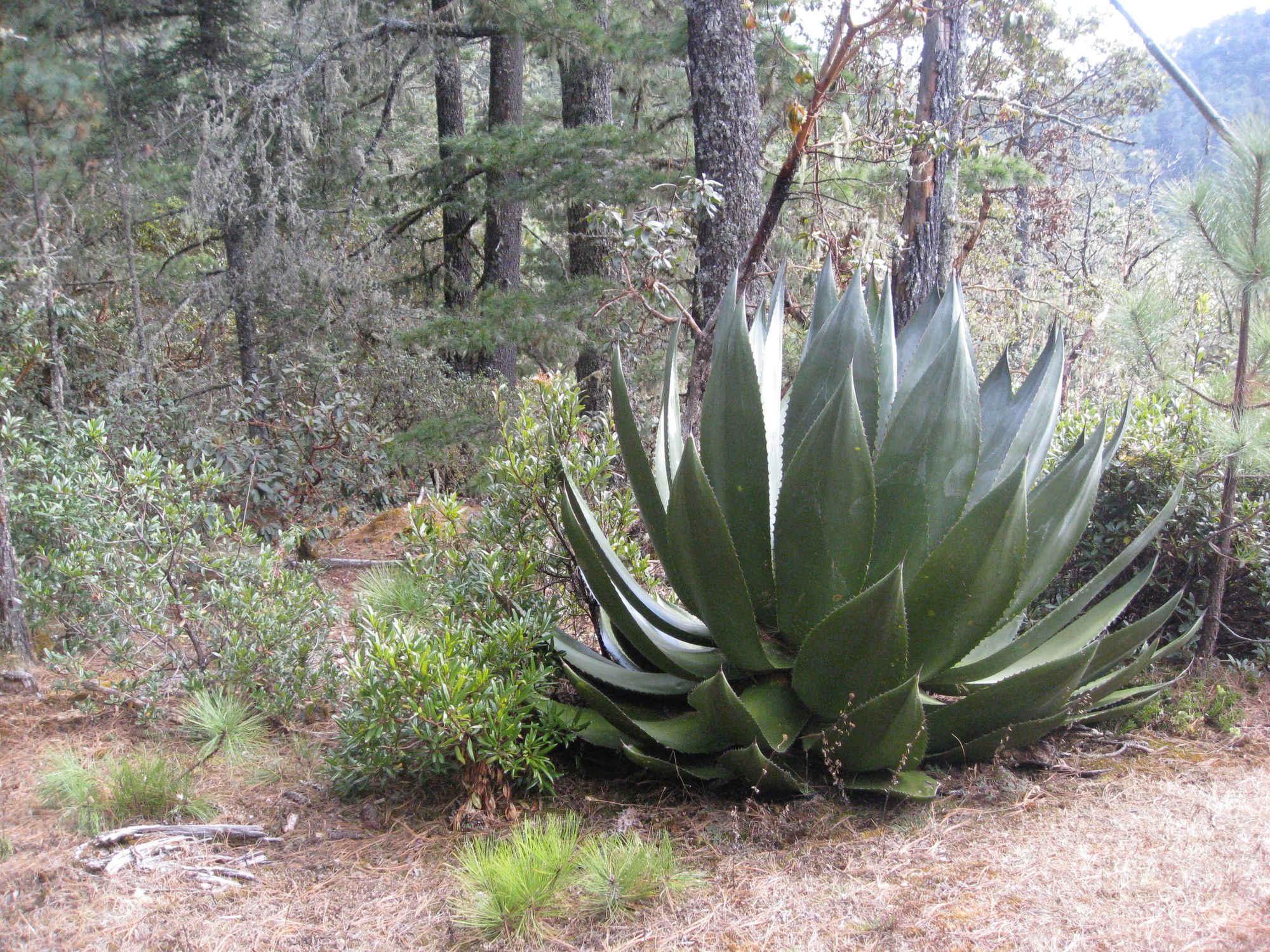
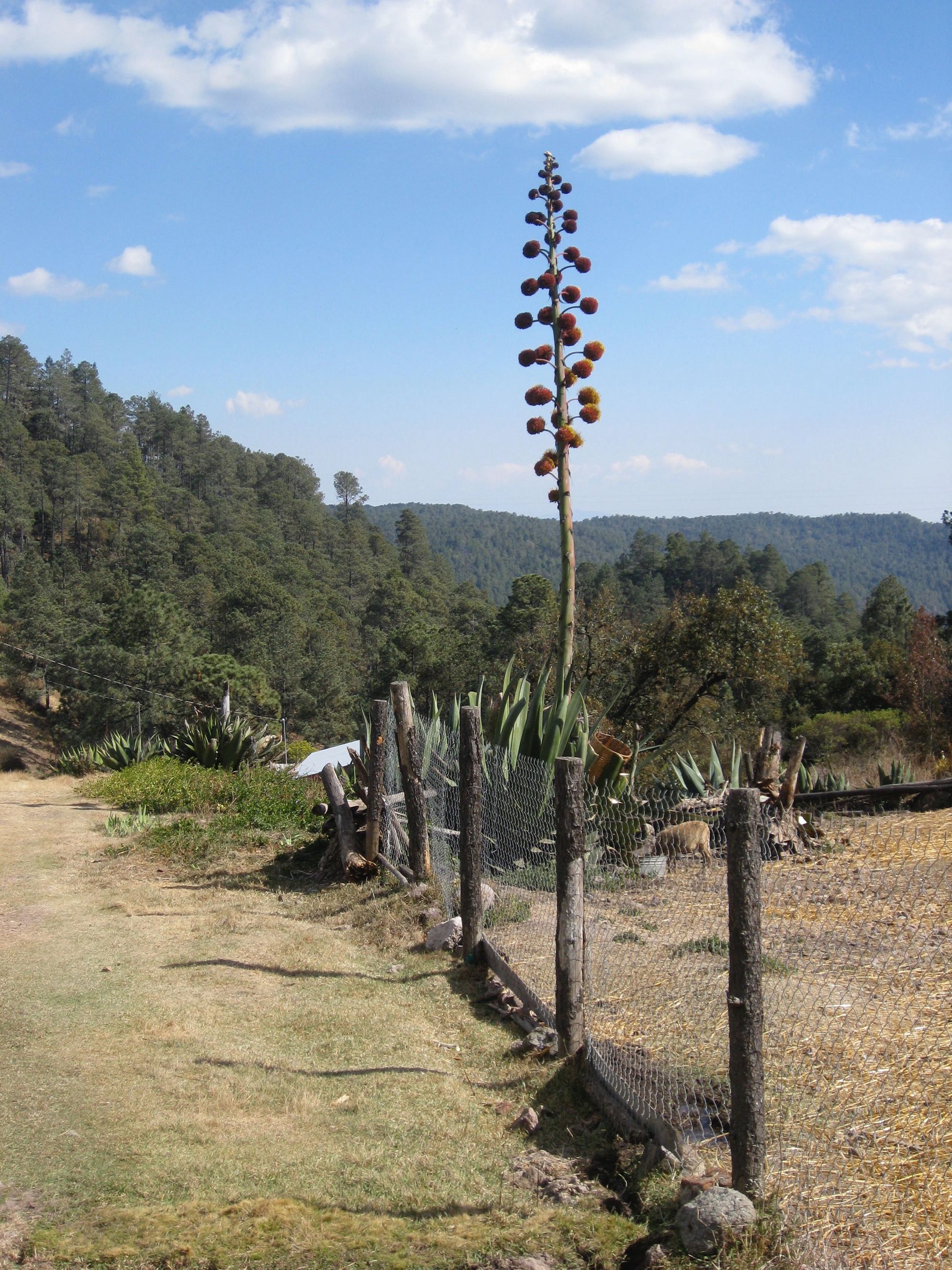
Bromeliads and flowering cactus and wildflowers decorate the well-travelled footpaths, silent and soft with a carpet of dry pine needles.
Spectacular views were all around us, perfectly calm and breathtakingly quiet.

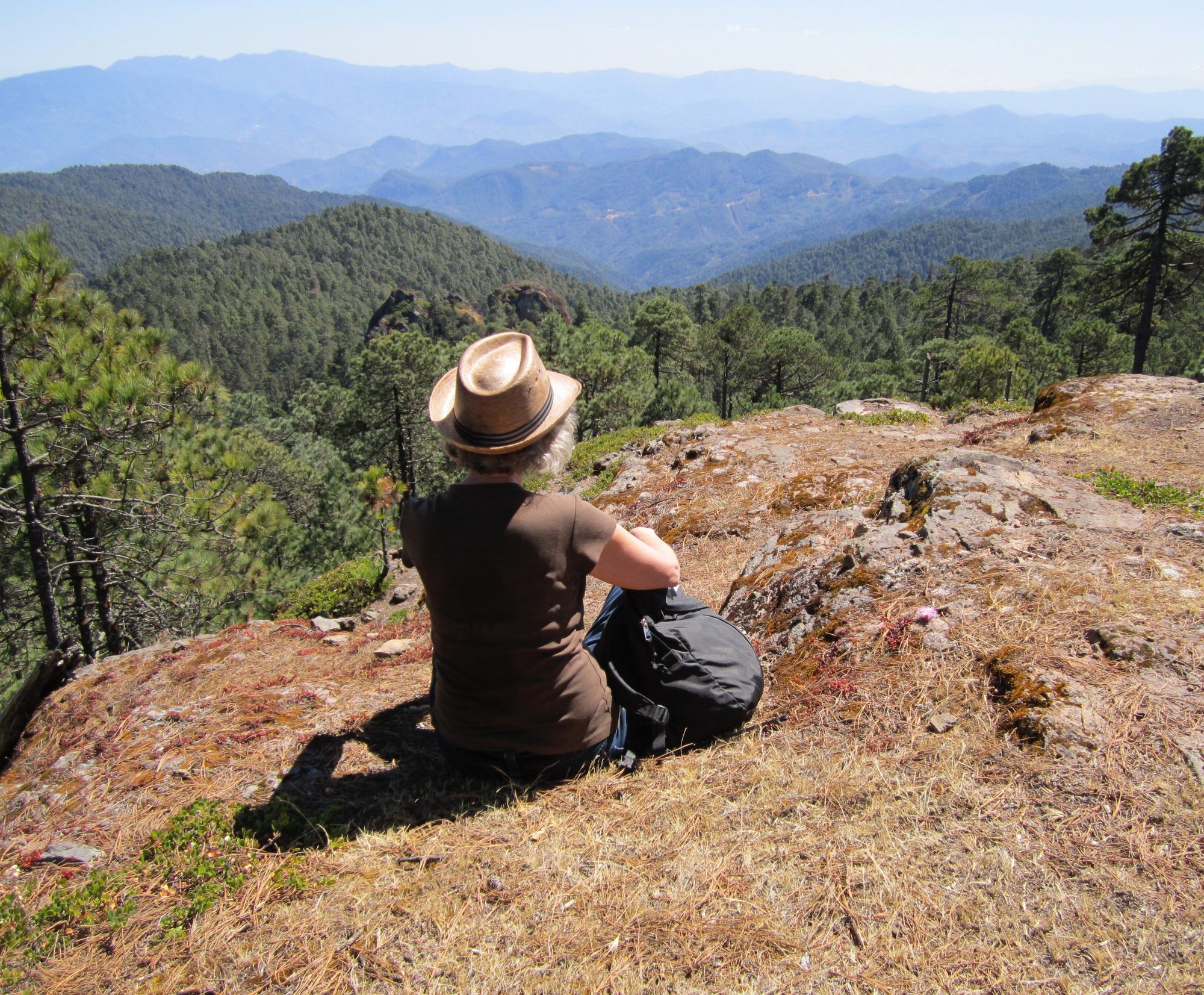



The organization of seven villages in this area is equally impressive. Socially, politically, legally and economically, they have a traditional Indigenous style of self-government that is common in rural areas of Oaxaca state.
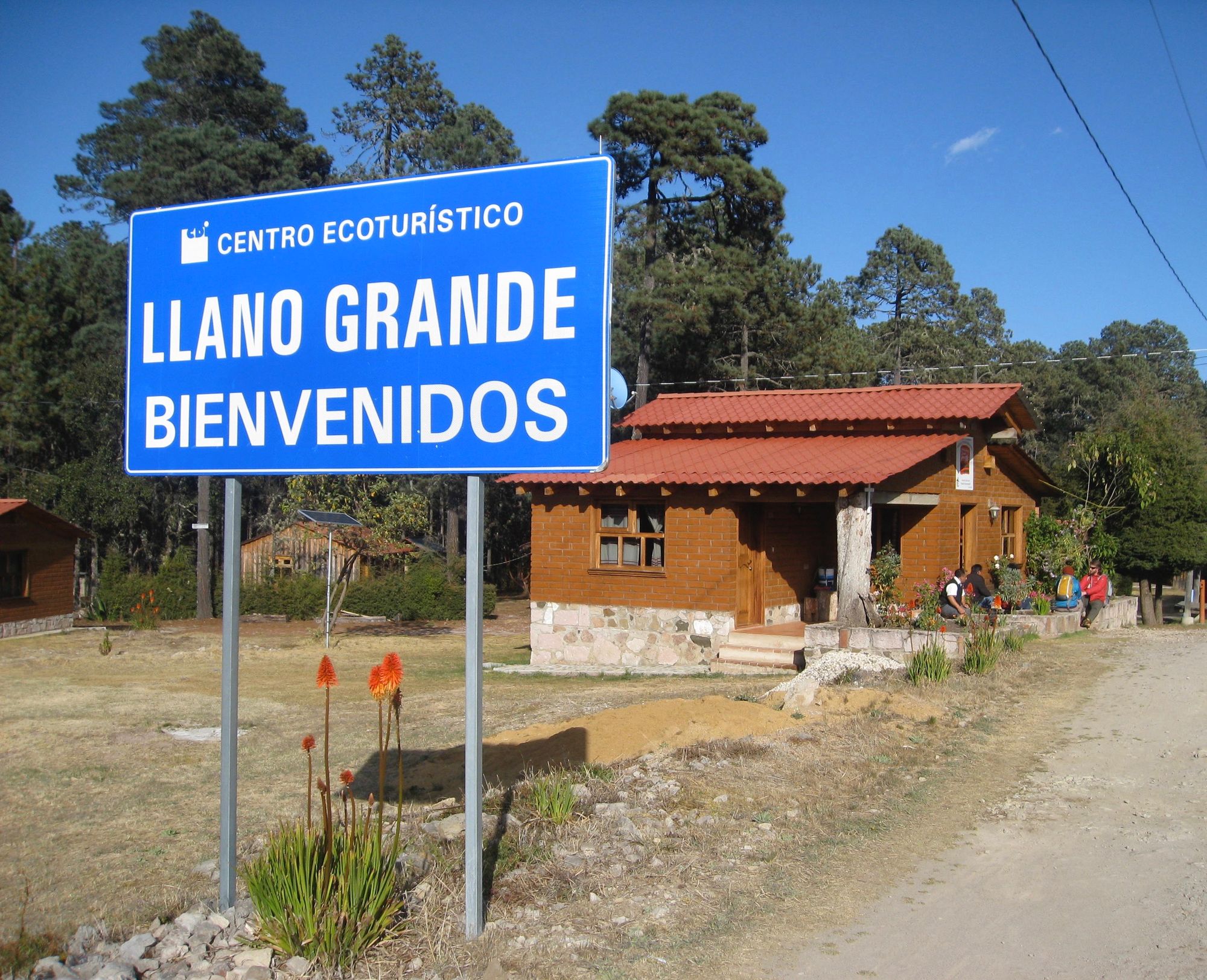
Known as the Pueblos Mancomunados (Commonwealth of Villages), this group of seven mountain communities is a model of ecotourism and inter-community cooperation. The residents are dedicated to protecting their amazing natural biodiversity, and at the same time are building an industry to share it with the world.
Visitors from Europe, the United States, and elsewhere have been coming here for over 20 years to hike on traditional walking paths that link the seven villages. It was a great idea someone had to use these ready-made trails for tourism in an area desperately in need of new sources of income.
Hiking without a local guide isn't encouraged as there is almost no signage on the sixty miles of trails.

Hikers choose which villages and routes they want, then book through a local organization in the city. The trained guides are all residents of the area, the quiet Zapotec man below led Dave and me on our two-day hike as part of his community service.
He told us he had spent time working in vegetable fields in California but missed his family and returned to his home after a few years.
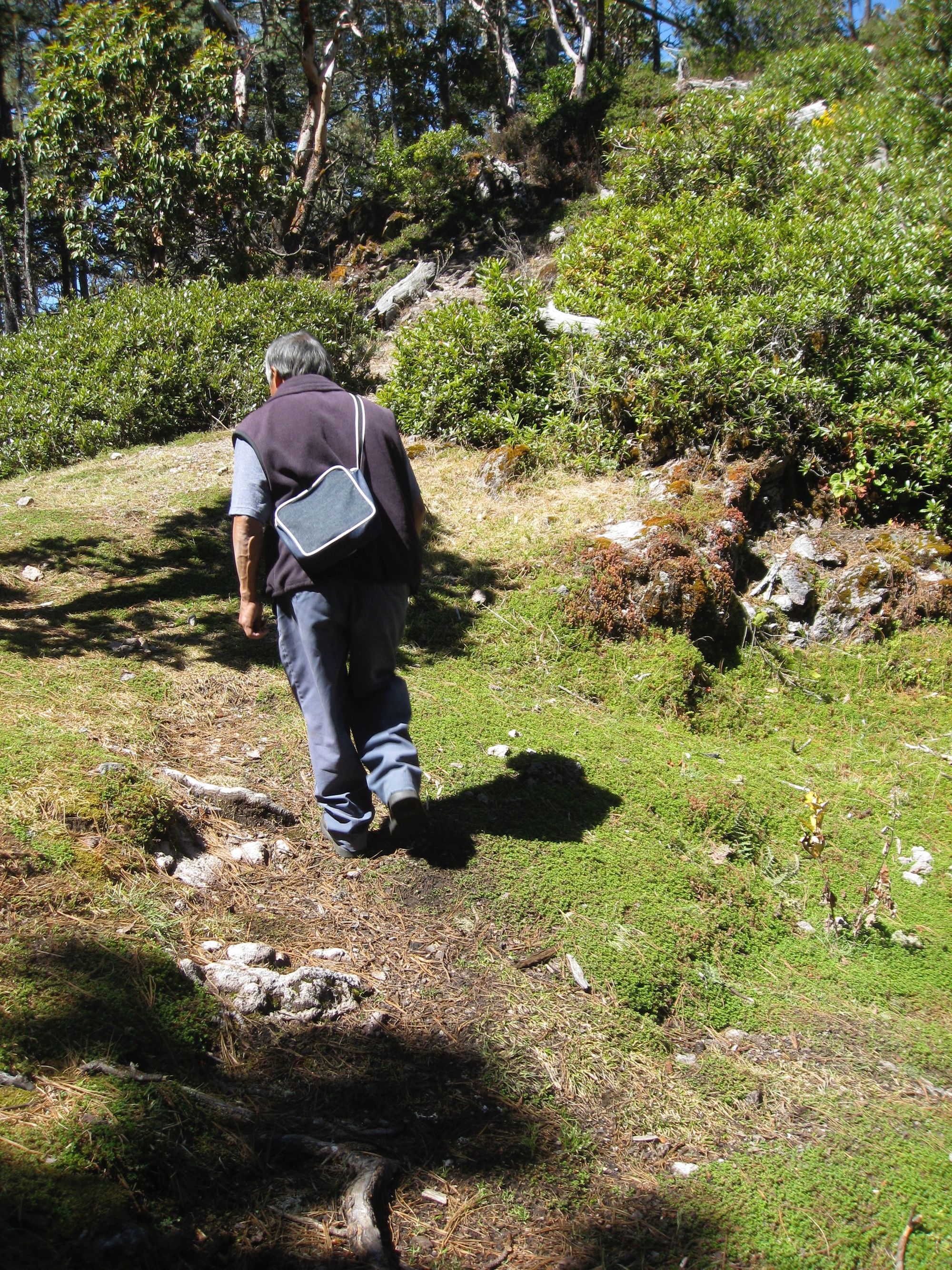
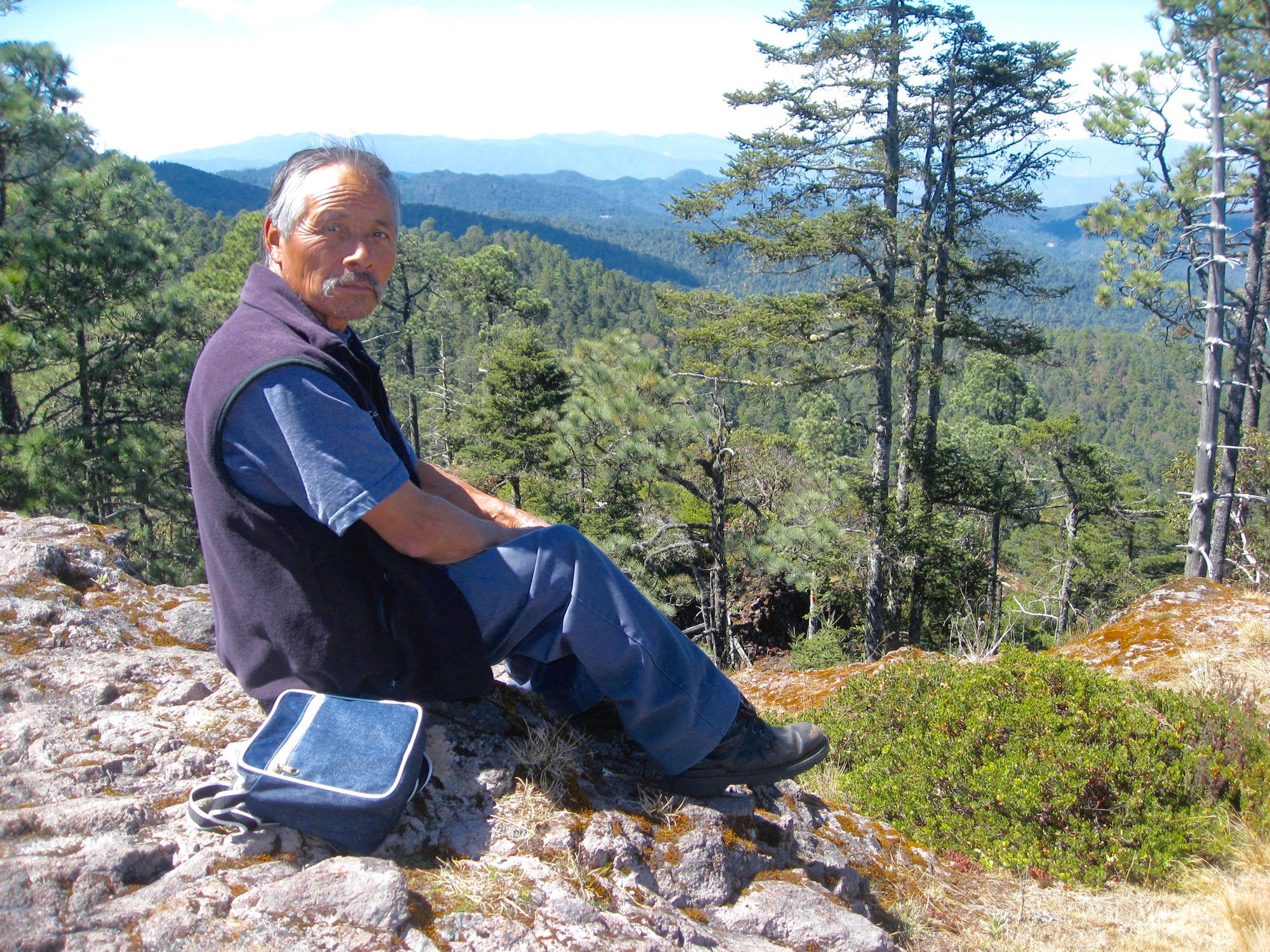
Rustic cabins, very clean and cozy, have been built in each village. As we settled into our cabin, another man arrived with an armload of firewood and built us a roaring fire.
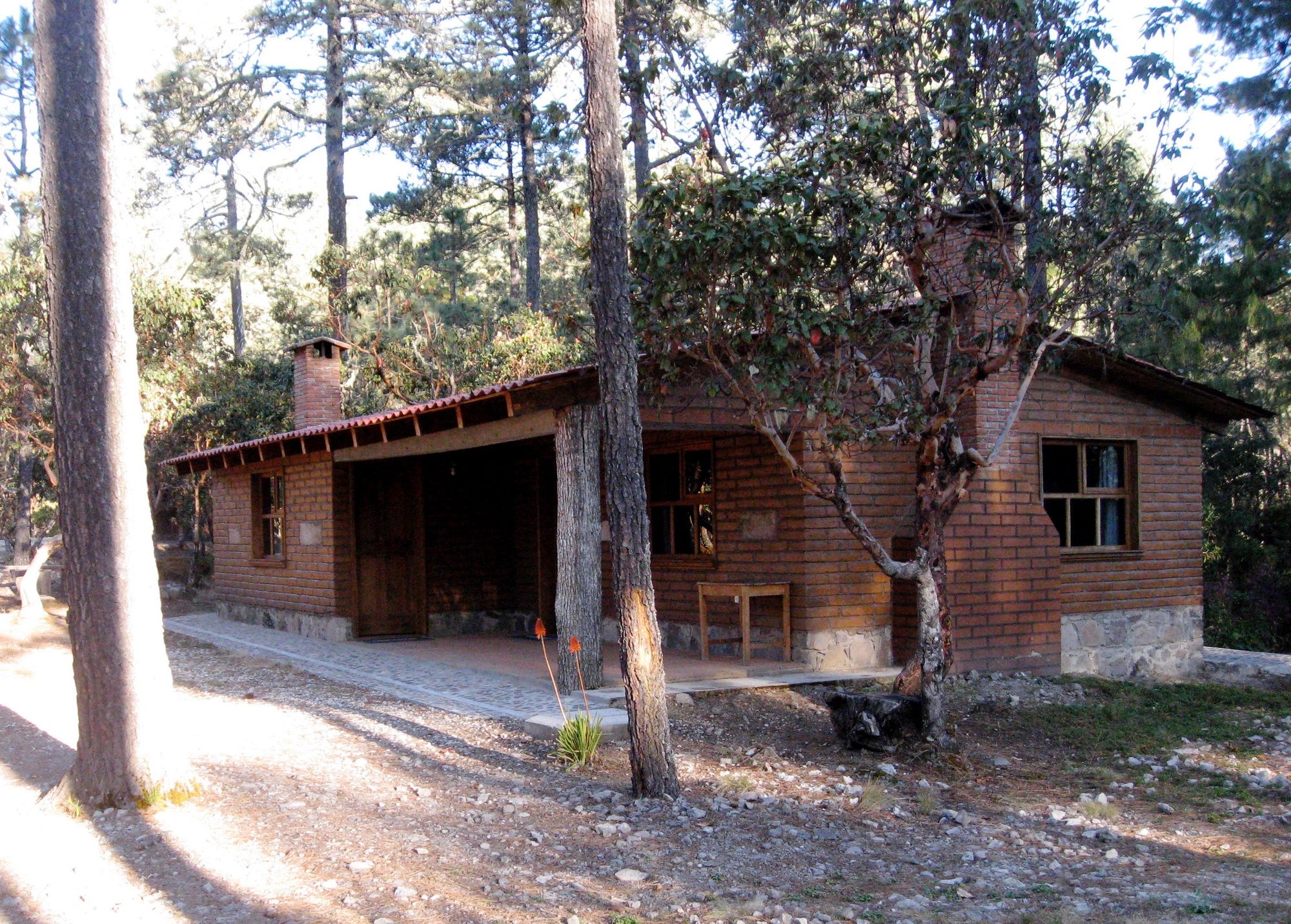
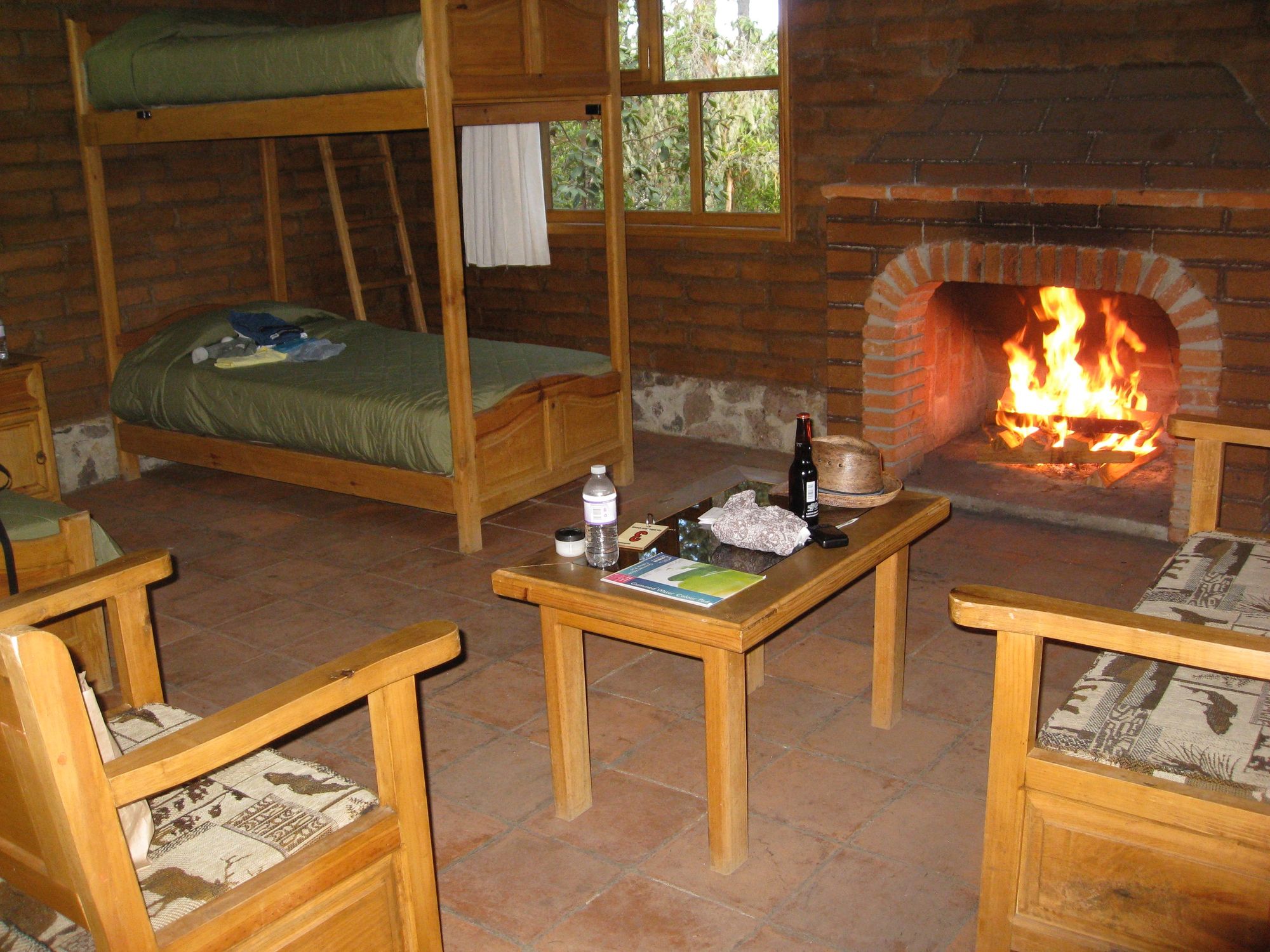
The elevation is high, the air was cold in the evenings, but warm in the daytime. We carried a jacket and gloves along with our toothbrush and socks in our backpacks.
Village women are required to take their turn preparing meals for hikers in a local comedor. They were friendly and good-humoured and the meals set down before us were interesting, and quite tasty, no menus, no ordering. You take what you get - if you want an authentic Zapotec dining experience, this is it.

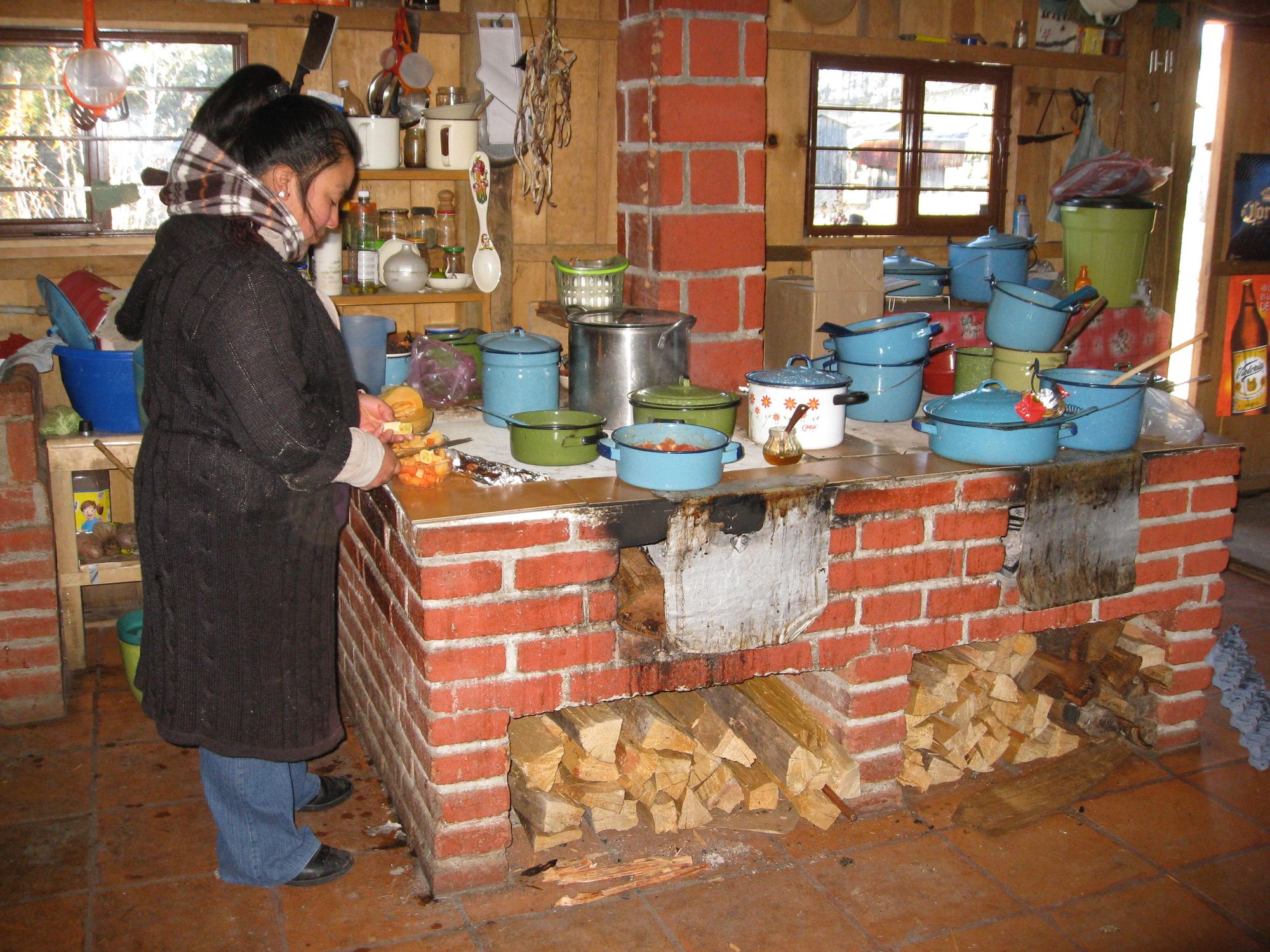
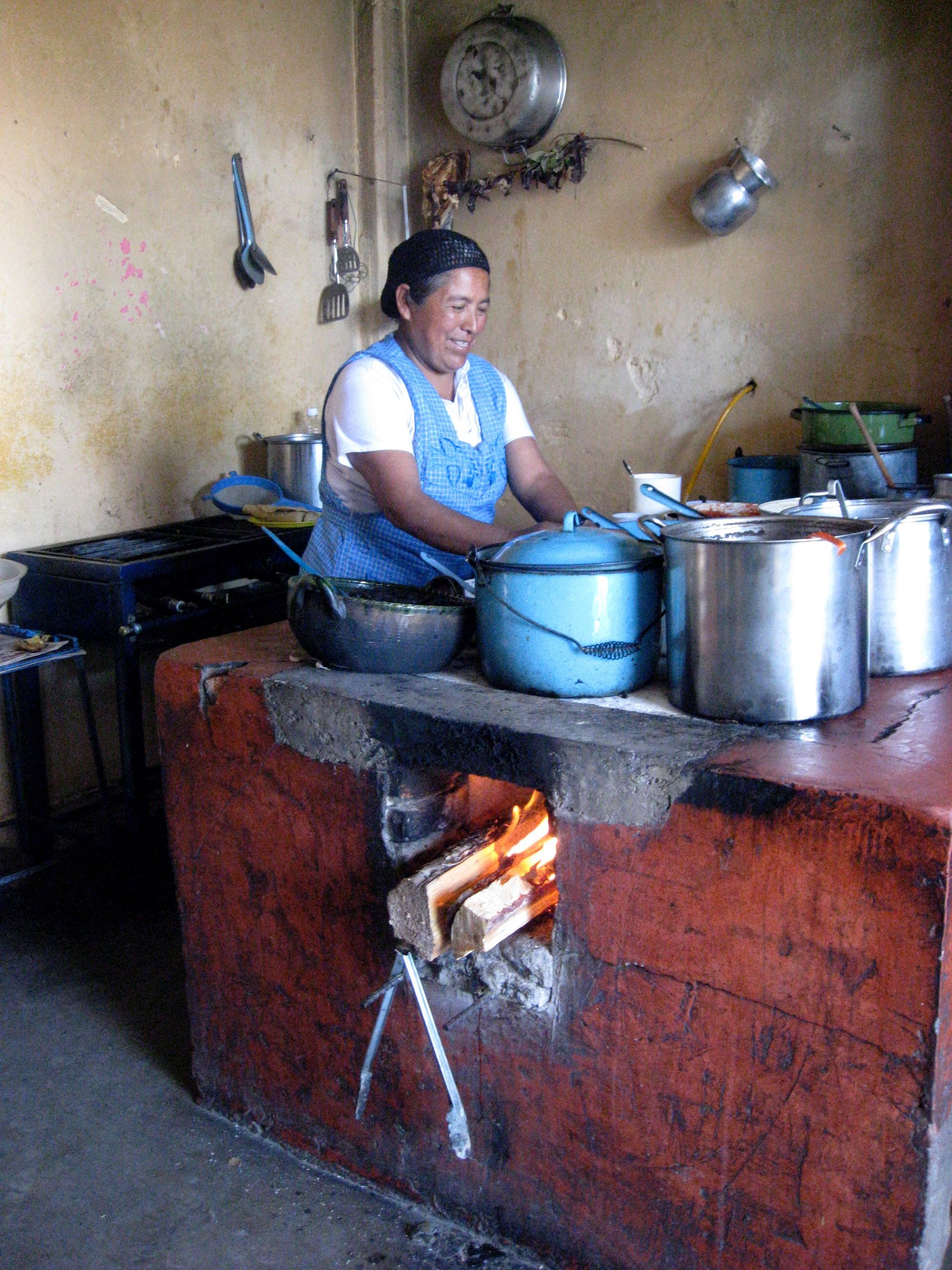
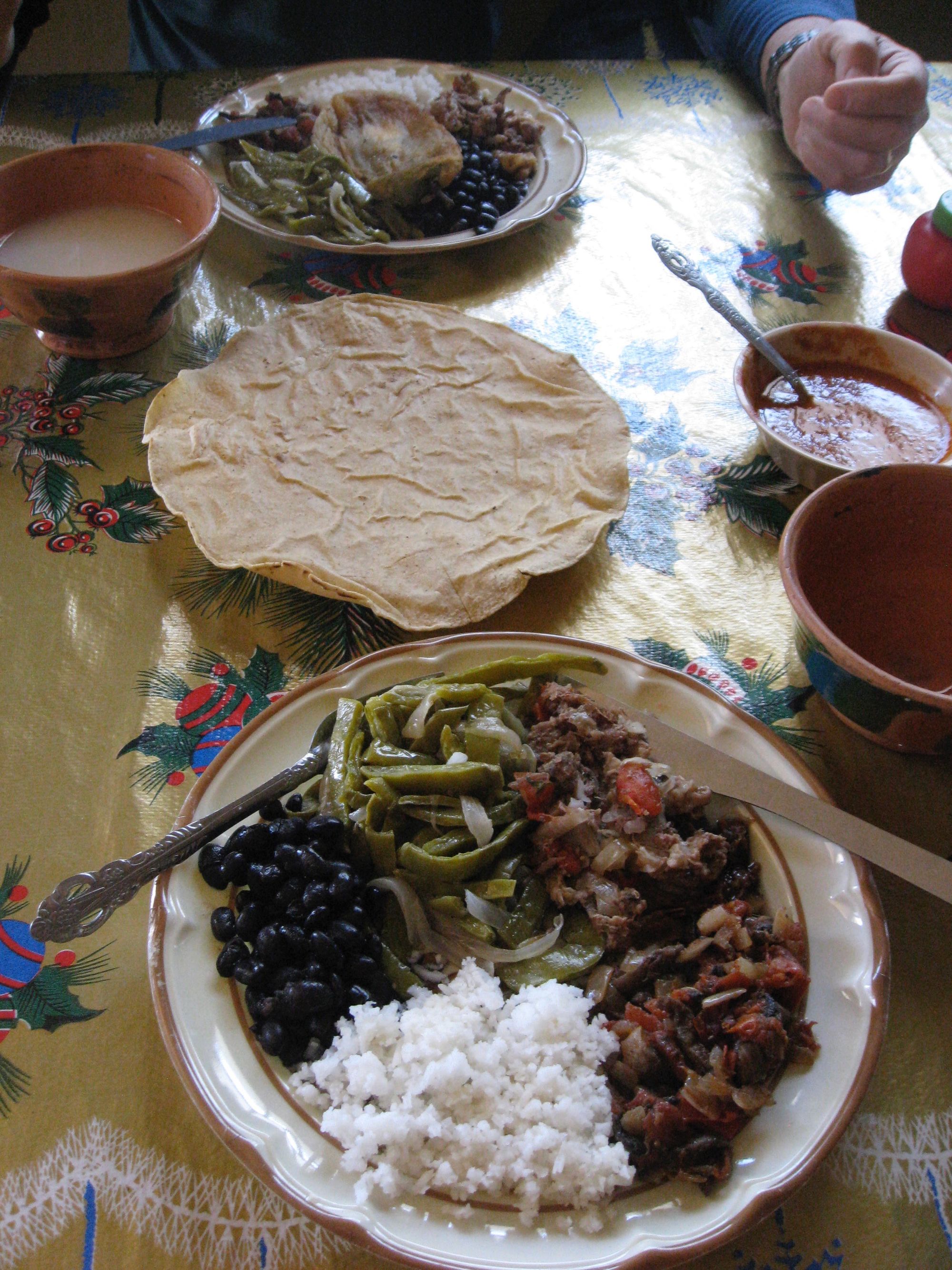
In the Pueblos Mancomunadoes the forests are all village property and logging is strictly controlled. Community labour is shared and all residents are expected to contribute their services (called cargos) towards the communal needs of their village for a set period of time, usually 1-3 years.
This system of self-government and shared responsibilities is known as Usos y Costumbres (usually translated as Customs and Traditions). It originated under Spanish colonial rule to allow Indigenous people traditional legal proceedings, and is written into the Mexican Constitution. Over 400 municipalities, most of them in the state of Oaxaca, use this authority to handle shared community concerns and conflict resolution. It acknowledges and protects traditional norms, cultural celebrations and preserves a strong sense of community.
From what I understand it also safeguards the area from foreign development and unchecked exploitation of natural resources.

Back to the hiking, it was exciting!! Look at us!
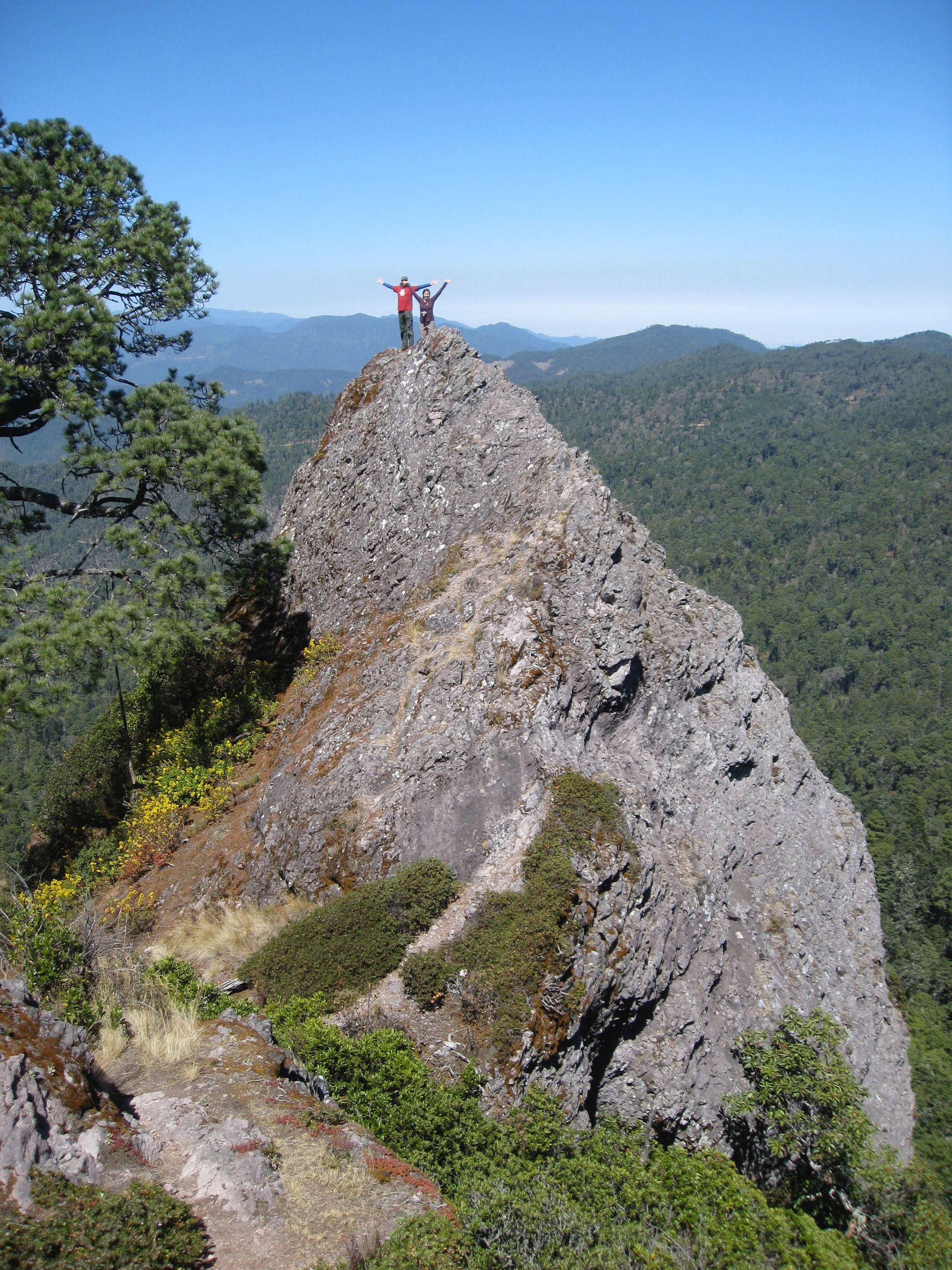


Just kidding, we aren't that crazy. These are other hikers we saw, a group of young daredevils from the States.
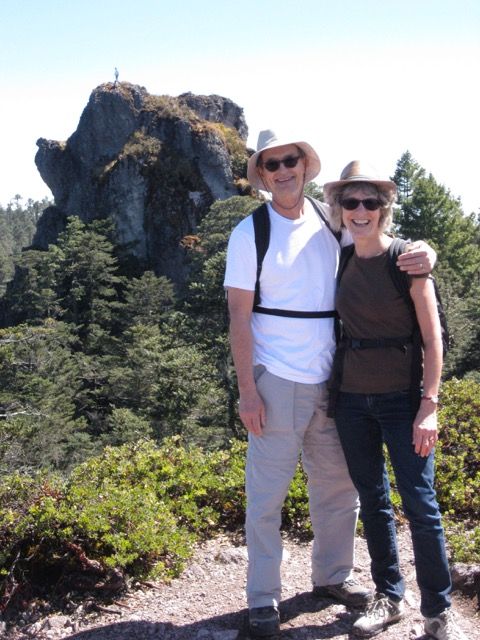
We ended our walk in Cuajimoloyas, where I sat on the hillside overlooking the sleepy village and painted a watercolour, with as much peacefulness as I've ever felt.
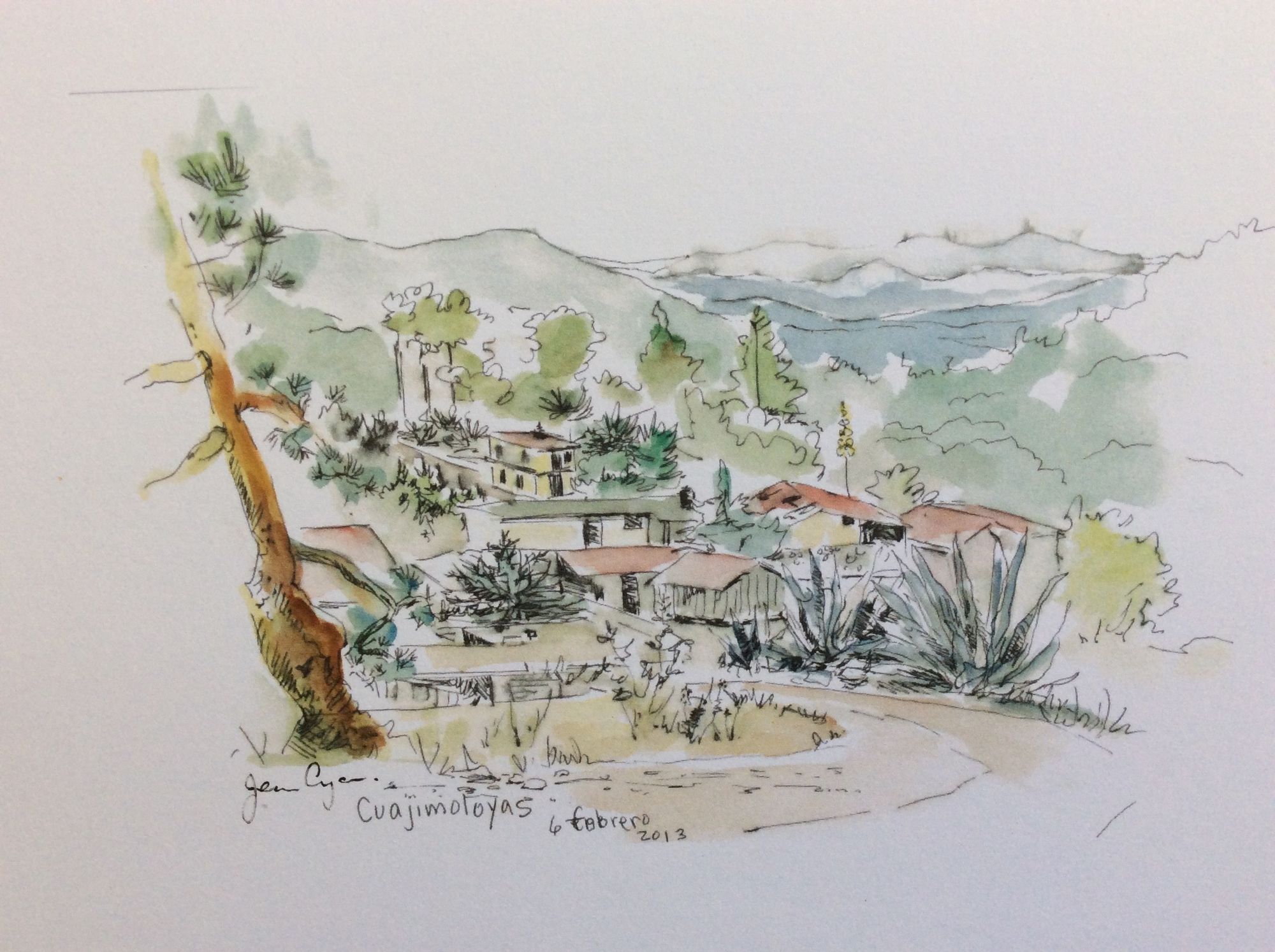
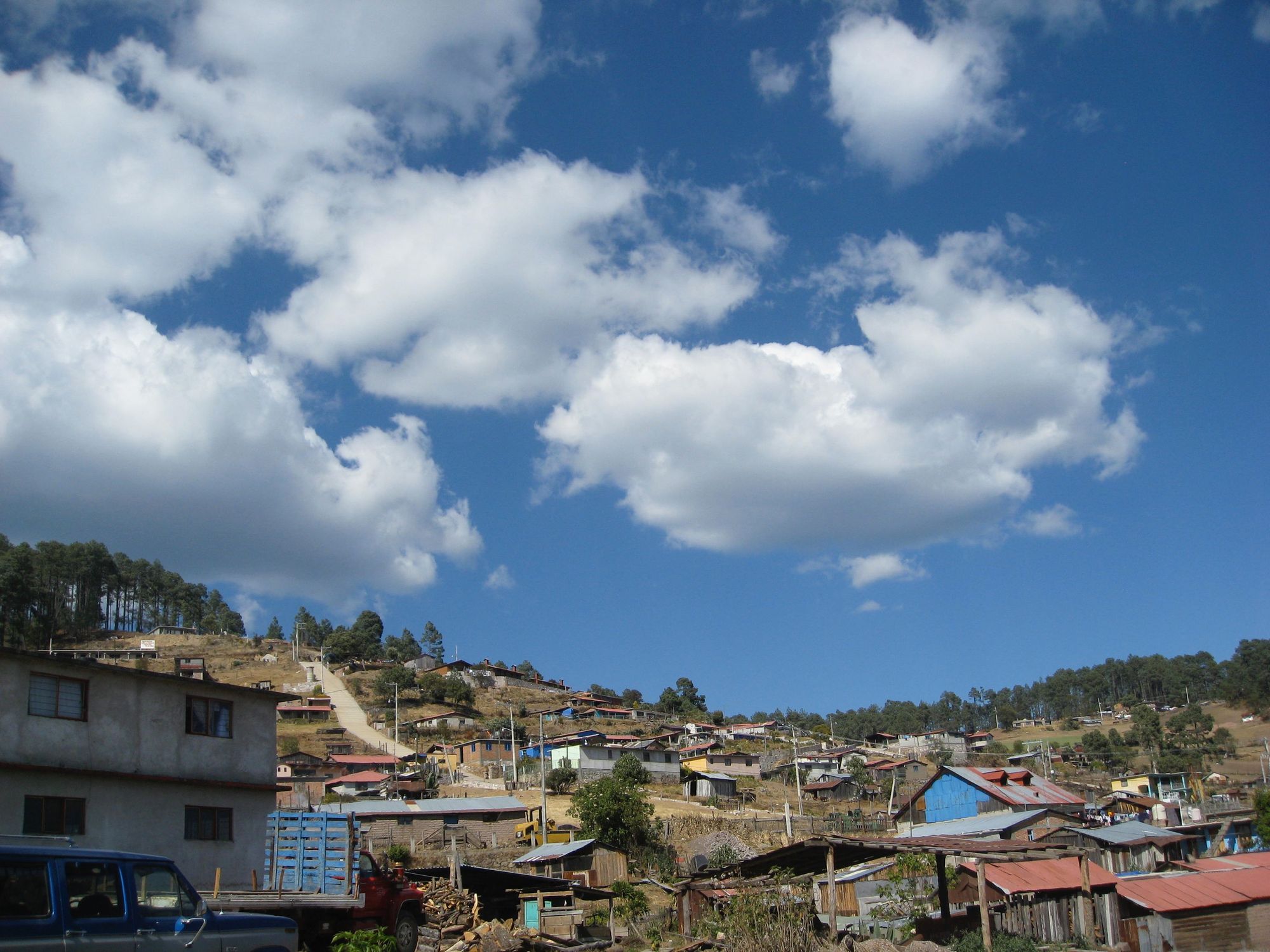
Dave tried a temazcal, a traditional Zapotec ceremony that cleanses the body, mind and spirit, a bit like a sweat lodge, held in a small cave. Herbal water sizzled and steamed on hot rocks as he was brushed with branches and bouquets of herbs. I guess any bad spirits were evicted, he seemed relaxed and refreshed when he returned.
Waiting for a bus for the long descent back to the city, we met two middle-aged nomads from France. They had shipped their camper truck from Europe to Argentina and had spent two years driving through South America and Central America.
Somehow they found themselves in this tiny mountain village in Mexico. We exchanged addresses since they were heading to Canada to see polar bears in Churchill, Manitoba. They said they would be there in a year and a half.
We haven't seen them yet, those adventurous characters we met in 2013.


Dave couldn't resist another 3-day hike in the same area a few years later in 2016, with a group of three young Germans. A Zapotec couple were the guides, and my favourite photo shows this happy child who travelled the whole way on her mother's back, and according to Dave, smiled every time he looked her.

Nothing on these trips in the Sierra Norte was slick and commercial, or designed to steal tourist dollars, far from it. It was a genuine experience of another landscape and culture that was as untouched as the thin mountain air.
I hope these hikes are a model that may serve to improve the enormous and ongoing problem of Indigenous poverty in the state of Oaxaca.
The trips are organized through Expediciones Sierra Norte, and include transportation from the city, a local guide, a private cabin and meals.
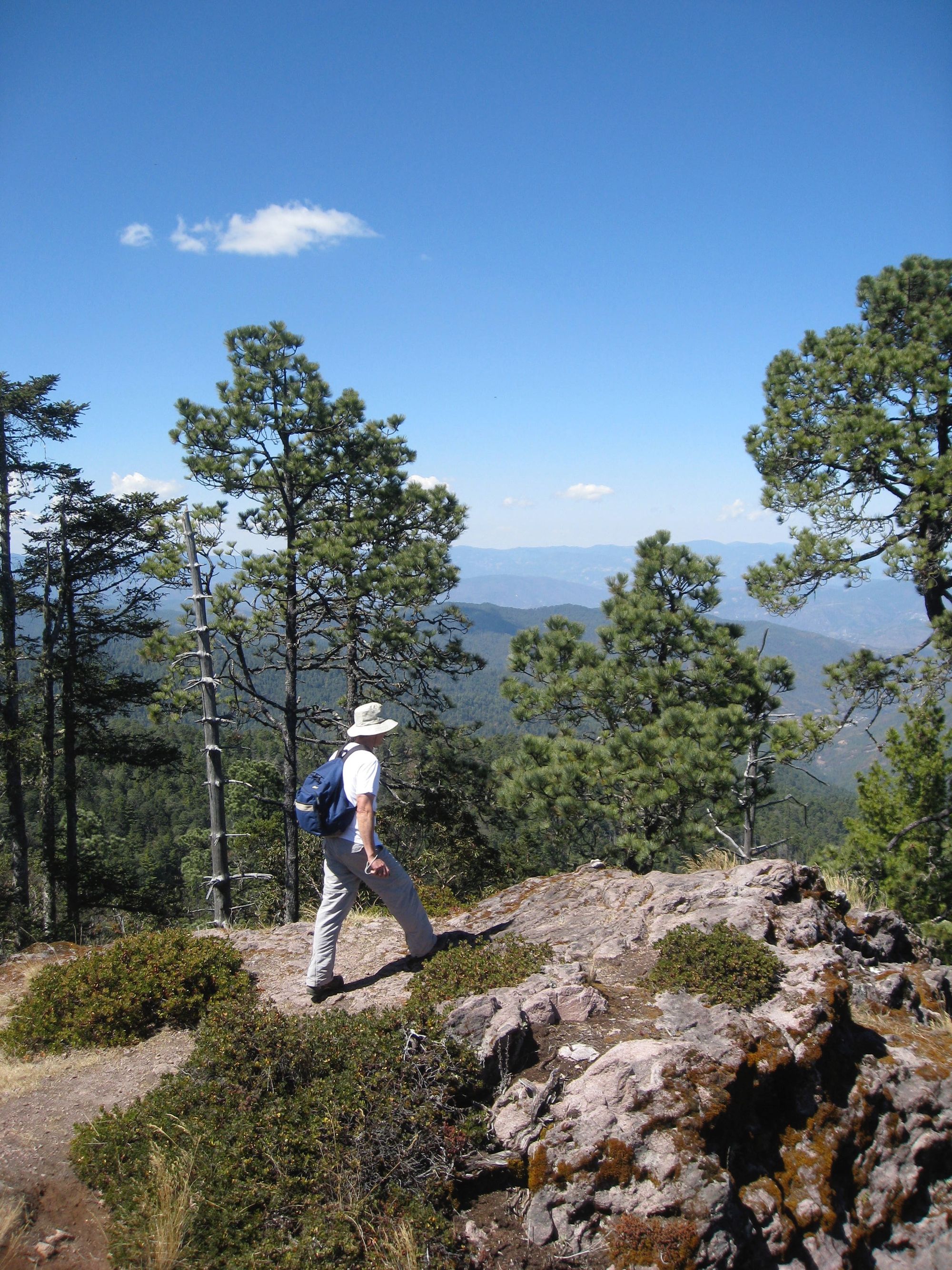
I recommend the adventure wholeheartedly. I loved the hiking and the learning, and taking pictures that I never knew would find their way into a blog nearly a decade later.
Though I write all these posts for the pleasure of it, I do thank you for reading them!
